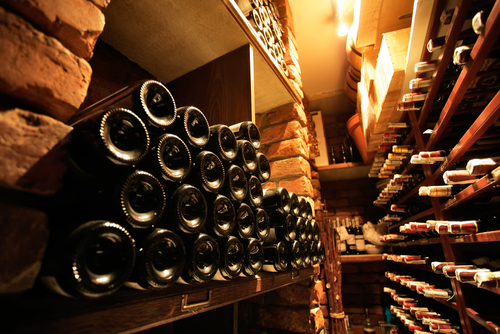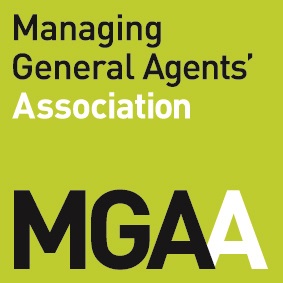Many of us enjoy our wines but it is essential that they are correctly stored in order to preserve both their quality, drinkability and subsequent value. This is essential if your wine collection is an investment that you have it correctly valued and insured on a specialist policy.
Most wines are in fact designed to be drunk within a year or two of the vintage but some wines definitely become more desirable with age. So how do you know when the bottle can be enjoyed to its full potential before you pull that cork or sell to a wine connoisseur, hopefully with a guarantee the taste will be great?
This can depend largely upon the initial quality of the wine, the vintage (lighter years mature more quickly); how it is stored (a dark place and a steady coolish temperature of 13ºC is advisable); and even the size of the bottle (half bottles age faster than full bottles or magnums). Many wines come with a “recommended drinking date”, often based upon the wine buyers experience and advice from the growers themselves.
Personal taste will also dictate the perfect time to open that bottle, if you prefer the accent to be on primary fruit or prefer the density which comes with age. So how to store bottles correctly? To try and ensure that quality is maintained as much as possible? We have put together a list of some suggestions:
Temperature
Keeping every day wines in a fridge won’t cause any damage if it’s for just a few months but longer than that isn’t recommended for the better quality wines. Below 45° F the corks can dry out due to the lack of moisture meaning air can enter the wine and damage the contents. Freezing of wines is also never recommended with liquid expanding and expelling the cork. Wine left in a cold cellar or garage could become susceptible to excessively cold temperatures.
As mentioned above, it’s recommendable to keep wines at a constant cool temperature. Higher than 70° F will make the wine age quicker and going any higher can actually have a detrimental effect on the wine, spoiling the flavors. If you are opening your bottles within a few years of storage, a little variation on the recommended 55ºF won’t do any harm but aim to keep fluctuations to a minimum.
Humidity
A lack of humidity can pose a danger of the cork being dried out to the extent whereby air enters the contents and spoils the wine. The ideal range being between 50 and 80 percent humidity as recommended. A bowl of water in the storage area can ensure a certain amount of humidity but never allow your wines to become damp. Wine with their labels affected by mold can devalue the wine, making it harder to establish their provenance and value accurately should you wish to sell or reinsure at any time.
Lighting
Another potential hazard to labels is light, both natural and household lighting. Try to avoid leaving any wines including their labels in sunlight. The latter is particularly more dangerous as direct contact with the wine itself can cause it to become “light struck”. This induces a rather undesirably odor and can spoil the drinkability factor. The tinted glass of wine bottles do help to protect the contents of the bottle but do not expose wine unnecessarily to the light.
Flat / Stable Storage
Horizontal racking is a space saving method of storing wine which shouldn’t harm the quality of the bottles contents. Traditionally, due to the prevalence of corks, wines were stored on their sides to keep them moist and prevent them drying out although many wines are now produced with alternative closures so this requirement is less essential.
Whilst the wine is “resting” try to avoid moving it excessively. In older wines, too many vibrations could possibly disturb the sediment and keep them from settling, potentially making them unpleasantly gritty to drink.
For detailed advice about how to protect and insure your wine collection, please call on of our Private Client Team on 01223 200678


